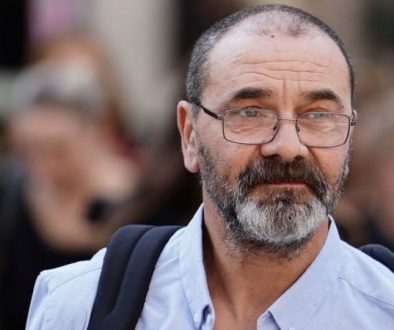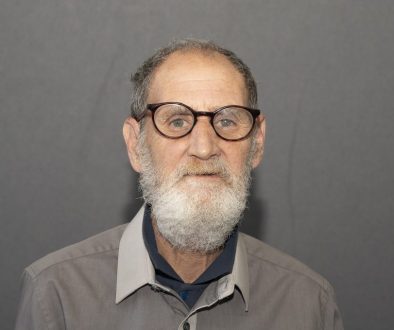Post-conviction disclosure regime “not fit for purpose”
The following article, published on the website of The Justice Gap, examines alarming failures in the system for disclosure of forensic evidence. The issue is examined in the context of post-conviction disclosure of evidence required for appeal. The current system is described by Inside Justice, the charity headed up by journalist Louise Shorter, as
an opaque, unaudited landscape which is not fit for purpose
Whilst the article has its focus on the system in England and Wales, we are depressingly familiar with similar failings – particularly in relation to the retention and preservation of evidence – here in Scotland:
Miscarriages of justice were going ‘unidentified and uncorrected’ as a result of a lack of transparency around forensic science in our courts, criminal appeal lawyers argued. In its submission to the House of Lords’ Science and Technology Committee’s inquiry into forensic science, the Centre for Criminal Appeals argued that testing the accuracy of forensic evidence was ‘too often impossible’ which prevented the review of questionable convictions.
The group argued that defendants should have a right to access transcripts of expert evidence given at their trial free of charge and to ‘controlled access’ to police and CPS documents including correspondence with experts, forensic examiners’ bench notes, unused material and crime scene documentation unless there was an ‘overwhelmingly compelling reason’ why they should not be.
Submissions published last week highlighted problems with post-conviction disclosure which, according to Inside Justice, the charity headed up the journalist Louise Shorter, was ‘an opaque, unaudited landscape which is not fit for purpose’. Following a 2014 Supreme Court case in the Kevin Nunn case (which the Justice Gap reported on here), those seeking disclosure of such materials can find themselves in a ‘Catch-22’ – i.e., to make a successful request for evidence, they need to argue that such evidence is likely to demonstrate innocence however, the only way to establish such knowledge is by accessing the evidence in the first place.
Inside Justice argued that the way that forces treated exhibits post-conviction represented a ‘woeful picture’. The guidelines recommend storage for 30 years, seven years and three years in cases of major crime, serious crime and volume crime respectively. According to Freedom of Information requests sent to all 43 police forces of England and Wales by Inside Justice revealed only two forces citing the correct guidelines.
One former senior police officer told Inside Justice: ‘I doubt that there’s ever been a case where exhibits are kept properly.’ A scientist specialising in cold-case reviews who worked with many forces said: ‘I get the impression that, if cases were identified, even homicides, the exhibits aren’t kept… in sex offences, not a chance. I get the impression that they [police forces] are all doing something slightly different.’
The group argued that it should be an automatic right for interested parties to view forensic files post-conviction. It argued that then Nunn judgment was ‘often mis-interpreted’ by police forces resulting in unnecessary legal challenges applications.
The CCA noted that the Nunn judgment relied on the Criminal Cases Review Commission (CCRC) as the ‘safety net’ to secure post-conviction disclosure. The CCRC used its investigative powers ‘very conservatively’, it reckoned; citing ‘the tragic case of Victor Nealon’, who spent an extra decade wrongly imprisoned because the watchdog refused to conduct DNA testing despite repeated requests.
Alastair Logan OBE, a retired solicitor who represented the Guildford Four and Maguire Seven, highlighted concerns about the closure of the Forensic Science Service (FSS) in 2010. ‘England and Wales are now the only countries in the world in which forensic science entirely in the hands of either the police or private forensics science providers whose principal customer is the police,’ he argued.
Logan identified concerns that forensic tests carried out by police forces might not be as rigorous as those conducted by the FSS and, even if the tests were carried out, they needed to be interpreted properly which required ‘just the kind of expertise that has been lost’ through its closure. Some eight out of 10 of the 1,600 scientists employed by the the service failed to find another job, he pointed out. The ensuing fragmentation of the market now meant that there was ‘real potential for evidence to be lost’.
He quoted Ann Priston, president of the Forensic Science Society. ‘I’ve not heard a single person say that closing the FSS was a good decision,’ she said. ‘On the whole, the closure of the only state-funded forensic provision was, I think, an ill-conceived, ill-thought out and hasty decision.’

![16[2]](https://mojoscotland.org/wp-content/uploads/2024/06/162-1024x768-394x330.jpg)

